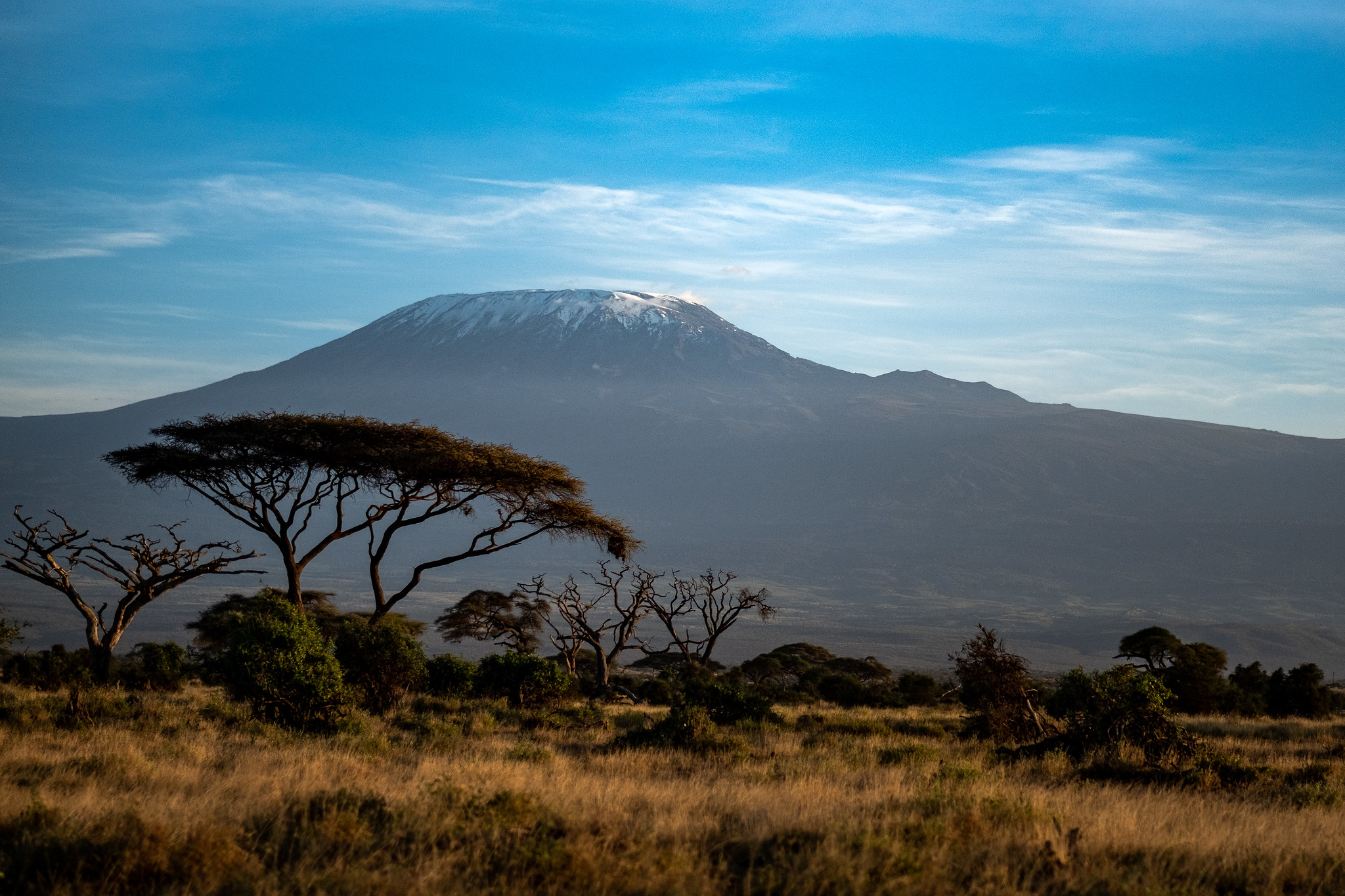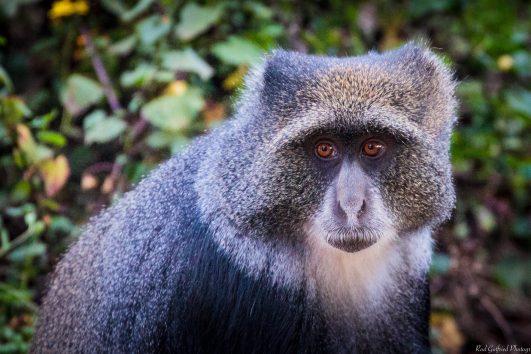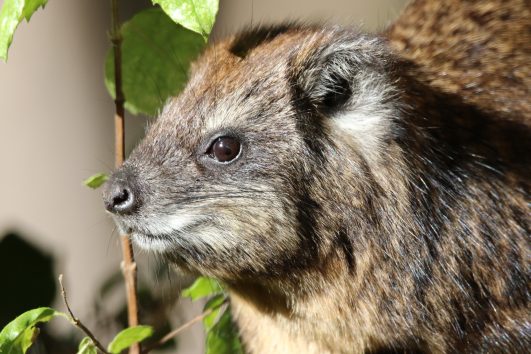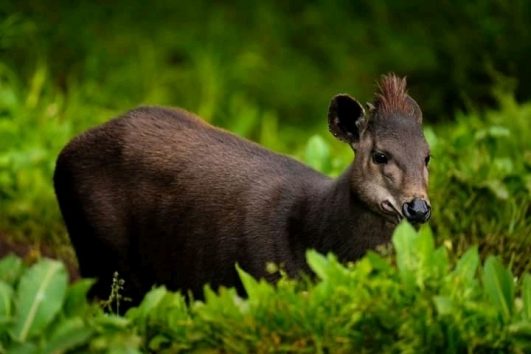Acacia trees belong to a large genus of shrubs and trees in the pea family, Fabaceae, and the whole of Tanzania dotted by acacias and a few baobabs from Serengeti to Arusha National Park to Kilimanjaro.
At the base of Mount Kilimanjaro in Tanzania, the landscape transforms into expansive plains known as the “lowlands,” stretching between 600 to 800 meters above sea level. Here, the climate is characterized by intense heat and aridity.
The predominant flora in these plains consists of savannahs, where a variety of plant species thrive. Among these, the umbrella thorn acacia stands out. This iconic thorny tree, capable of growing up to 21 meters in height, is a common sight, adding a distinctive silhouette to the savannah landscape.
Botanical Characteristics of Acacias
- Genus: Acacia was once a broad genus, but taxonomic revisions have led to many species being reclassified into other genera like Vachellia and Senegalia. However, in common usage, many still refer to all these as “acacias.”
- Structure:
- Leaves: Acacias are known for their phyllodes, which are flat, leaf-like structures that function like leaves but are actually modified petioles. Some species retain true leaves, which are typically bipinnate.
- Bark: Often smooth when young, becoming rough and fissured with age.
- Flowers: Acacias produce small, often yellow or cream-coloured flowers in dense, spherical clusters or elongated spikes, attracting pollinators like bees and birds.
Growth and Habitat
- Climate: Acacias are highly adaptable, and found in various climates from arid deserts to tropical rainforests. They are particularly noted for their ability to thrive in dry, semi-arid, and arid regions.
- Soil: They can grow in poor, sandy, or rocky soils where other plants might struggle. Their root systems help stabilize soil, making them valuable for erosion control.
Economic and Ecological Importance
- Timber: Some species provide valuable hardwood, used for furniture, flooring, and tool handles due to its durability and resistance to termites.
- Gum Arabic: Derived from Acacia senegal and Acacia seyal, gum Arabic is used in food, pharmaceuticals, and as a binder in ink and paint.
- Forage: Acacia leaves and pods are an important forage for livestock in many regions, especially during dry seasons.
- Soil Improvement: Many acacias are nitrogen-fixing, improving soil fertility through symbiotic relationships with bacteria in their roots.
Cultural Significance
- Symbolism: In various cultures, acacias symbolize endurance, resilience, and protection. In Australia, the golden wattle (Acacia pycnantha) is the national floral emblem.
- Traditional Uses: Indigenous peoples have used acacia for medicine, food, and in rituals. The bark, leaves, and sap have been utilized for dyes, tannins, and adhesives.
Species Diversity
- Variety: There are hundreds of species, each adapted to different environments. Here are a few notable ones:
- Acacia senegal: Known for gum arabic production.
- Acacia catechu: Source of catechu, used in tanning and dyeing.
- Acacia tortilis: Common in African savannahs, providing shade and fodder.
- Acacia mangium: Fast-growing, used for pulpwood and reforestation in Southeast Asia.
Challenges
- Invasiveness: Some acacia species, like Acacia dealbata and Acacia mearnsii, are considered invasive in certain regions, outcompeting native vegetation and altering ecosystems.
- Pests and Diseases: Acacias can be affected by pests like borers and diseases like root rot, though their resilience often allows them to recover.
Sustainability
- Conservation: Efforts are made to manage invasive acacias while promoting native species. Their use in agroforestry systems can enhance biodiversity and provide economic benefits.
- Restoration: Acacias are often used in land reclamation projects due to their ability to grow in degraded soils and their nitrogen-fixing capabilities.
Acacia trees, with their wide range of uses and ecological benefits, play a crucial role in many ecosystems. Their resilience and adaptability make them valuable in both natural landscapes and managed environments, contributing to biodiversity, soil health, and economic development.
Additional information
| Habitat | Cultivation Zone |
|---|




